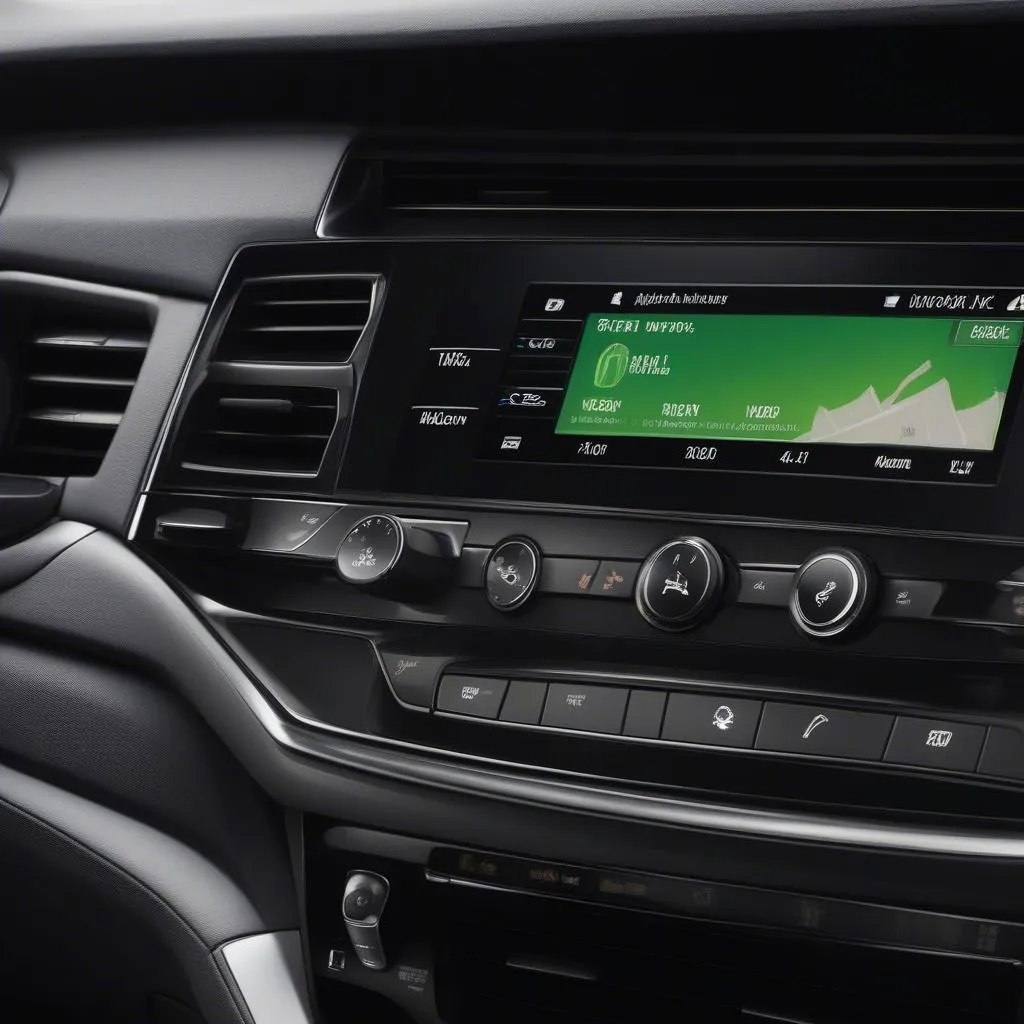Finding yourself stranded with a dead key fob can be incredibly frustrating. You’re ready to go, but your car won’t cooperate. Don’t panic! While a dead key fob might seem like the end of the road, there are actually several workarounds you can use to start your car and get moving again. This article will guide you through various methods for starting your car with a dead key fob, offering practical solutions and expert advice to get you back on track.
Understanding the Problem: Why Won’t My Car Start?
Before we delve into the solutions, it’s essential to understand why a dead key fob prevents your car from starting. Modern vehicles are equipped with sophisticated anti-theft systems that rely on key fobs for authorization.
Here’s how it works: Your key fob transmits a unique signal to your car’s receiver. When the receiver recognizes this signal, it disengages the immobilizer system, allowing the engine to start. If your key fob battery is dead, it can’t send this signal, leaving your car thinking it’s being tampered with.
Common Causes of Dead Key Fob Batteries
Key fob batteries don’t last forever. Several factors can contribute to their depletion:
- Age: Like all batteries, key fob batteries have a limited lifespan, typically 3-4 years.
- Usage: Frequent use, especially with remote start features, can drain the battery faster.
- Environmental Factors: Extreme temperatures can impact battery performance.
Solutions to Start Your Car
1. Check Your Key Fob Battery
This might seem obvious, but often the simplest solution is the right one.
- Locate the battery compartment: Consult your car’s manual for instructions on how to open your specific key fob model. Some key fobs require a small screwdriver, while others have a release button.
- Identify the battery type: Most key fobs use small, flat batteries like CR2032 or CR2025.
- Replace with a fresh battery: Insert the new battery, ensuring the positive (+) and negative (-) sides are aligned correctly.
Expert Insight: “Always keep a spare key fob battery in your glove compartment or wallet,” advises John Smith, Senior Automotive Electrician at ABC Auto Services. “It’s a simple step that can save you a lot of hassle in the future.”
2. Use Your Key Fob’s Hidden Key
Many key fobs have a hidden mechanical key inside. This key is designed for emergencies like a dead battery.
- Find the release button: This button is usually located on the back or side of your key fob.
- Extract the hidden key: Press the release button and carefully slide out the key.
- Locate the keyhole: On most modern cars, the keyhole is hidden behind a small plastic cover on the driver’s side door handle.
- Unlock and Start: Use the key to manually unlock your car door. Once inside, you may need to insert the key fob into a designated slot or hold it near the start button to start the engine.
3. Jump-Start Your Car (If Applicable)
While a dead key fob itself won’t cause a dead car battery, it’s possible to have two separate issues simultaneously. If your car battery is drained, you’ll need to jump-start your vehicle.
Important Note: Jump-starting a car incorrectly can be dangerous. Always consult your owner’s manual for specific instructions and safety precautions.
4. Contact Your Dealership or a Locksmith
If the above solutions fail to work, it’s best to contact your dealership or a qualified locksmith. They have the expertise and tools to diagnose and address more complex key fob issues, such as:
- Key fob programming problems: Sometimes, the key fob loses its programming and needs to be re-synced with your car’s receiver.
- Internal key fob damage: Water damage, impact, or wear and tear can damage the internal components of the key fob.
Preventing Future Key Fob Problems
Taking a few preventative measures can save you from the inconvenience of a dead key fob in the future:
- Regularly check your key fob battery: Replace it every 3-4 years, or sooner if you notice any signs of weakening signal.
- Keep a spare key fob handy: Program a second key fob as a backup.
- Protect your key fob from damage: Store it in a safe place, away from extreme temperatures and moisture.
Conclusion
A dead key fob doesn’t have to ruin your day. By understanding the potential solutions and following these practical steps, you can quickly overcome this common car issue. Remember to prioritize regular maintenance and take preventative measures to minimize the risk of future key fob problems. If in doubt, always consult your car’s manual or seek assistance from a qualified professional.

